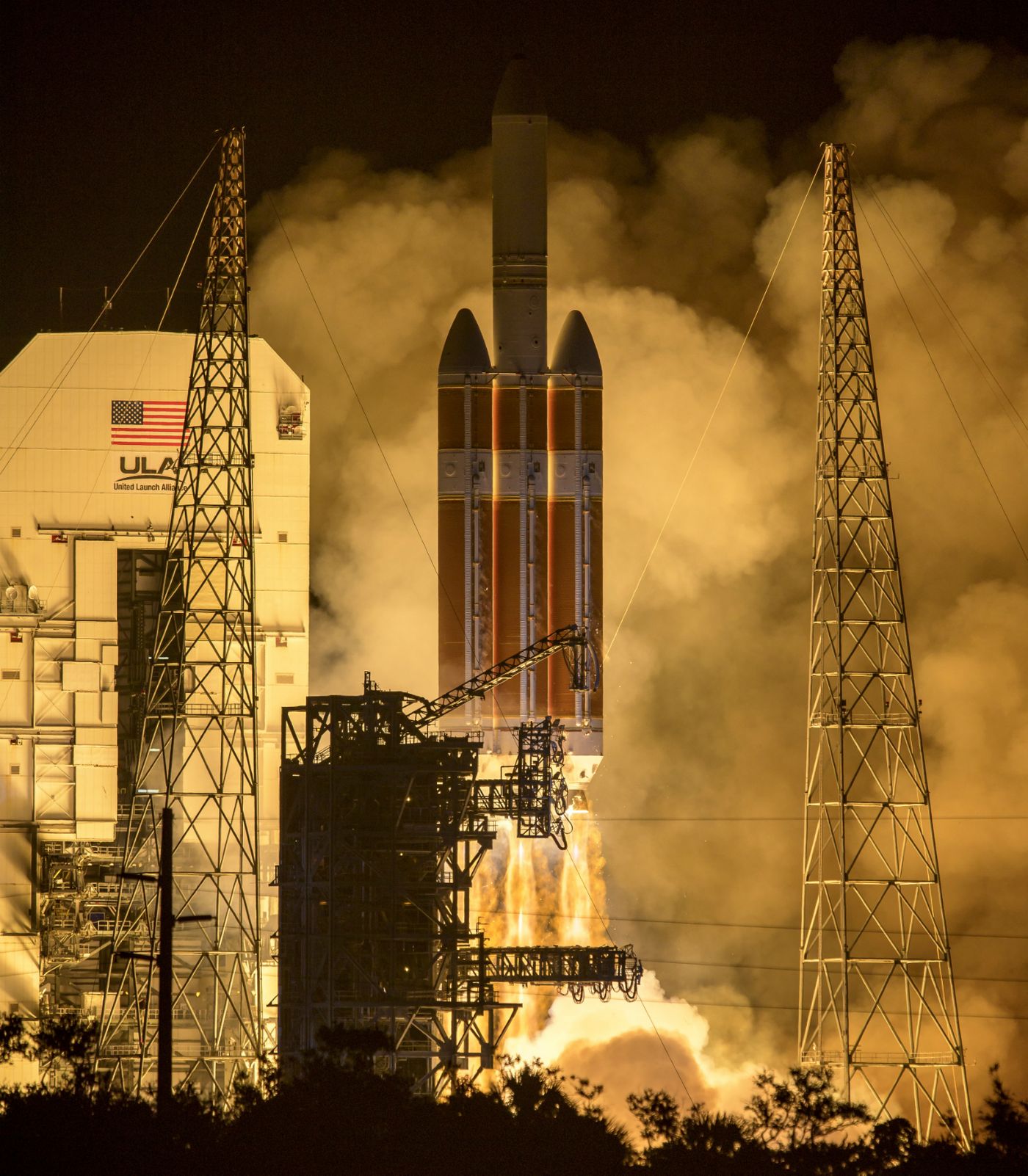NASA's Parker Solar Probe Rockets Toward the Sun
There’s been some serious hype regarding NASA’s Parker Solar Probe in recent memory, but now all that hype is now closer than it ever has been to realization.
At approximately 3:31 A.M. Eastern time on Sunday, a United Launch Alliance (ULA) Delta IV Heavy rocket ignited its engines at Cape Canaveral, Florida’s Space Launch Complex-37 and hoisted the Parker Solar Probe high enough above the Earth’s atmosphere to begin its long journey toward the Sun.
Image Credit: NASA/Bill Ingalls
Around two hours after the launch transpired, mission operators for NASA confirmed that Parker Solar Probe reached outer space safe and sound and that it was functioning correctly.
“This mission truly marks humanity’s first visit to a star that will have implications not just here on Earth, but how we better understand our universe,” said Thomas Zurbuchen of NASA.
“We’ve accomplished something that decades ago, lived solely in the realm of science fiction.”
Related: Despite their name, solar tornadoes don't actually spin
The Parker Solar Probe, named after renowned physicist Eugene Parker, will fly closer to the Sun than any other spacecraft before it. There, it will investigate our Sun and the properties of its magnetic fields and solar storms, which pack enough power to fry the very electronics we use every day here on Earth.
As the Parker Solar Probe orbits the Sun, it will endure temperatures exceeding 2,500º Fahrenheit. Protecting its sensitive scientific instruments is a revolutionary heat shield comprised of two carbon-carbon composite layers; sandwiched between these is a 4.5-inch thick carbon foam core that acts as an insulator.
At the start of September, NASA will begin testing the Parker Solar Probe’s integrated scientific equipment to ensure working order. A month later, the probe is expected to harness Venus’ gravitational influence like a slingshot to accelerate toward the Sun.
Once the Parker Solar Probe reaches its destination, it will spend seven years surveying the Sun and transmitting raw data back to scientists on Earth for analysis.
Source: NASA









